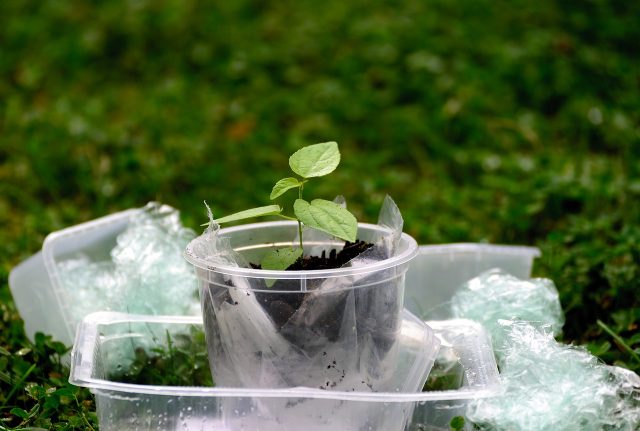We are often told that viruses have negative impacts on their host. A study by virologist Santiago Elena Fito of the Institute for Integrative Systems Biology (I2SysBio) tells us that this is not necessarily the case. The latter has carried out research on viruses that generally attack plants belonging to the cabbage family.
He found that the presence of these viruses could actually benefit their host. Santiago Fito explained that these pathogens offered protection to plants during periods of drought. To confirm his hypothesis, he initially focused on the case of the turnip.
His observations revealed that the turnip virus could alter its host’s circadian clock to limit its water loss.
Viruses that guarantee the survival of plants?
Santiago Fito then turned his attention to a species of plant known as Arabette des dames, or Arabidopsis thaliana. He noted the fact that after being infected with a particular variant of this virus, the plant was 25% more likely to survive severe water stress. According to him, the weather has something to do with it.
“Under normal conditions, the virus takes the classic view of a pathogen by killing plants that are watered. However, infected plants which were subjected to stressful conditions due to drought remained alive ”, explain Santiago Fito.
Genetic changes in plants
Researchers have done more research to understand what is causing such a change. They then infected healthy plants using variants of viruses that evolved in extremely dry conditions and other pathogens that formed in more humid climates. Some plants were watered normally. Others have been drained.
This experiment made it possible to highlight the difference in behavior between these two virus variants. Those that evolved in humid conditions made the plants sick. Those that grew in drier environments were less aggressive with the plants, even when given water.
This research has shown that viruses that have evolved in arid conditions cause changes in the genetic transcription of their host to help them survive. According to experts, these genetic changes are linked to the circadian clock of plants that influence their water use.
– .


